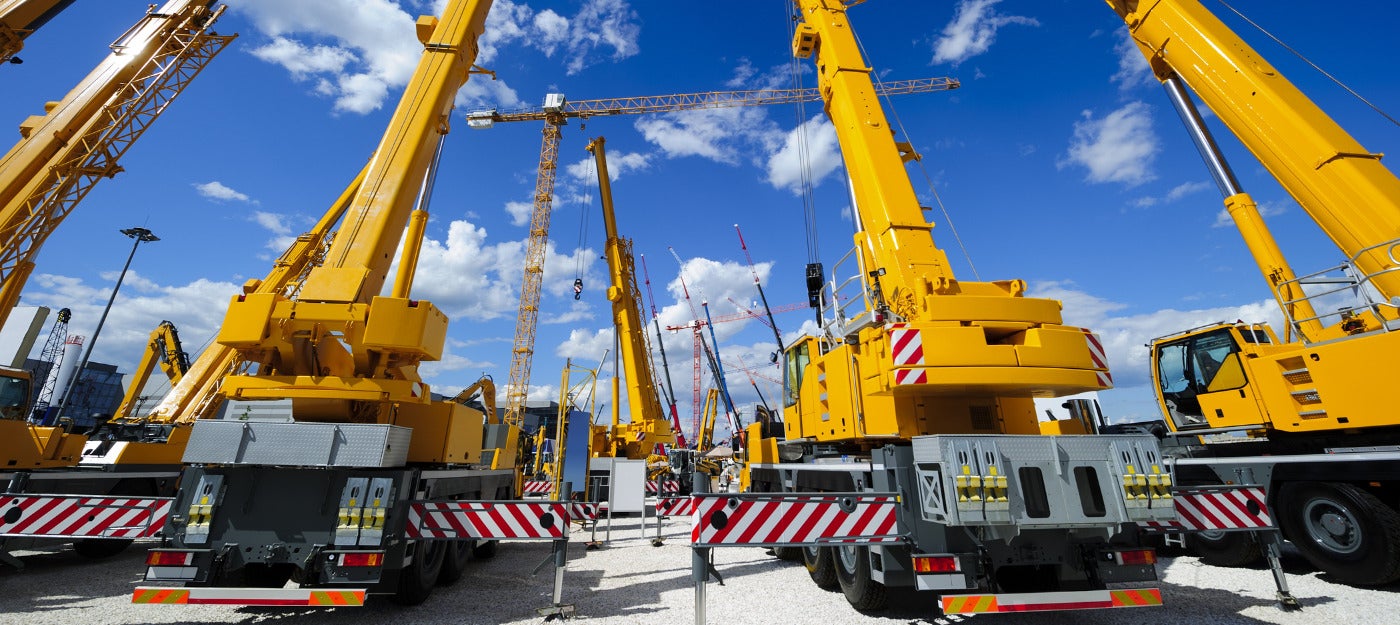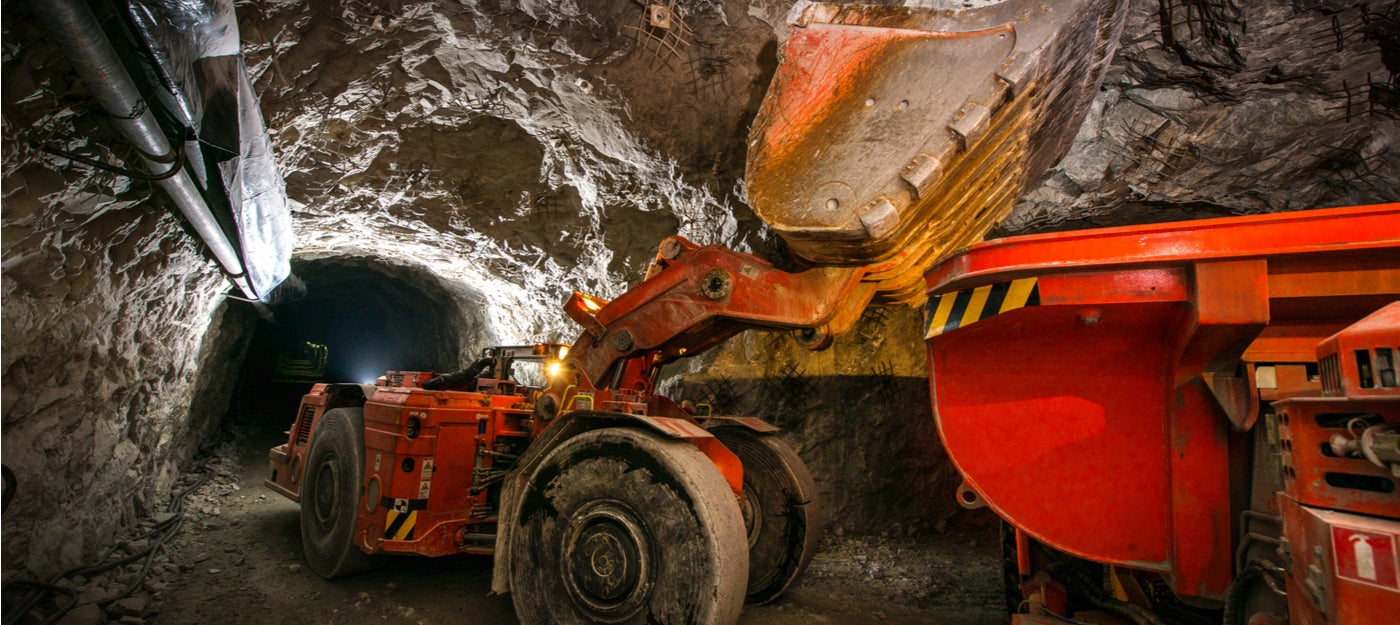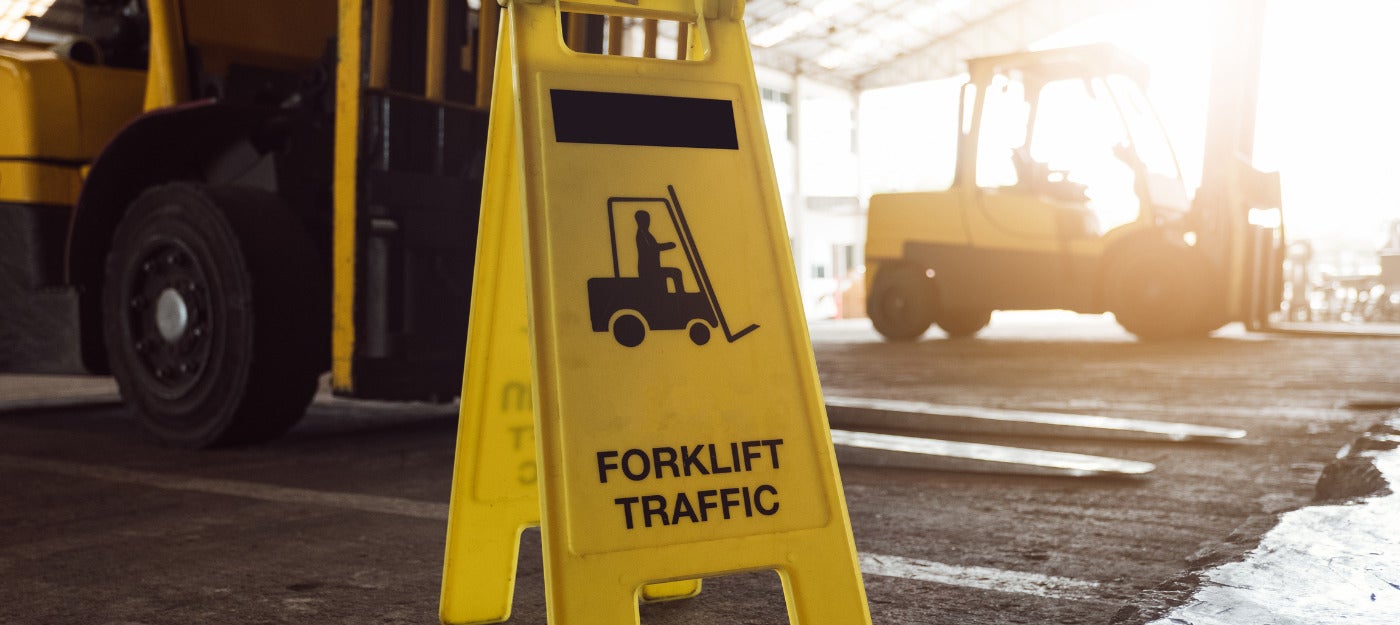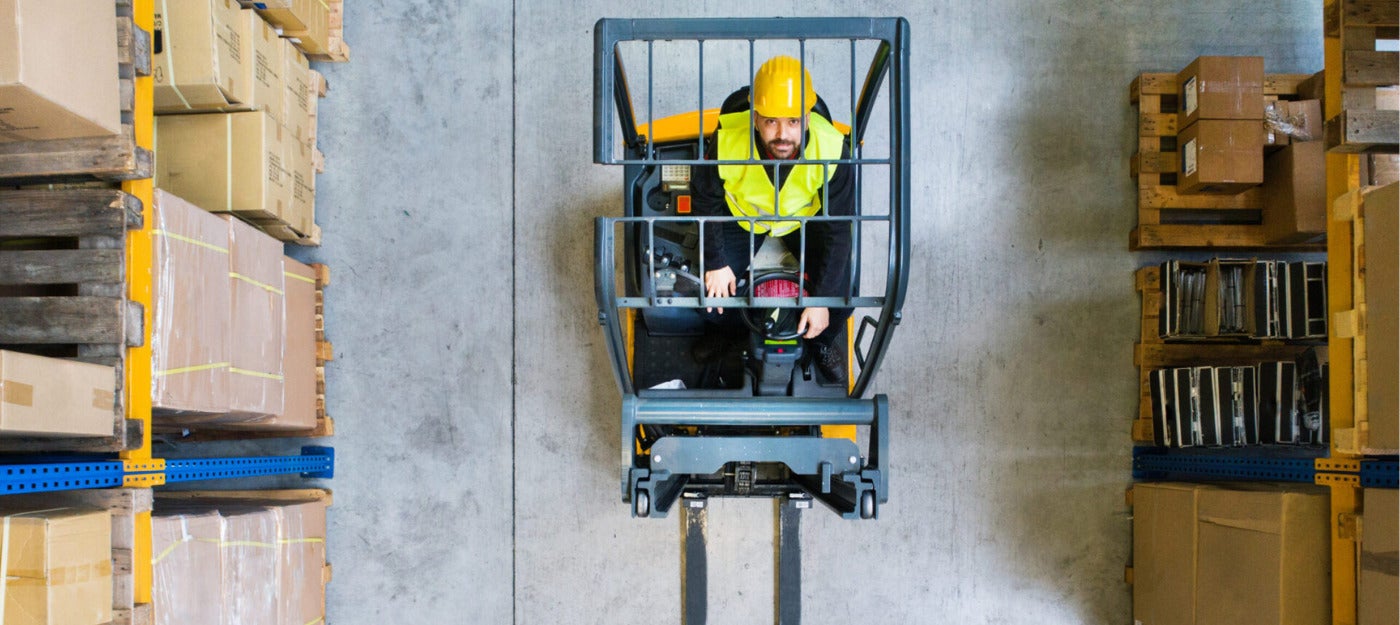Forklift Collision Avoidance Systems and Proximity Detection
Warehouse safety is a top priority, and the risks posed by operating heavy machinery such as forklifts cannot be underestimated. According to the Bureau of Labor Statistics, a worker died every 111 minutes from a work-related injury in 2020, with 30% of those fatalities linked to transport-related accidents. Forklifts are powerful and heavy pieces of equipment, and installing a forklift collision detection system is essential for preventing accidents and saving lives.
GET IN TOUCH
Contact us now for expert advice, an immediate quote and same-day shipping
Contact us

Collision Avoidance Systems for Cranes
Collision avoidance systems for cranes are essential for keeping workers safe. According to the US Bureau of Labor Statistics, the Census of Fatal Occupational Injuries (CFOI) reported 297 crane-related deaths between 2011 and 2017, 157 of which involved the worker being struck by an object or equipment.

Effective Collision Prevention Systems
An effective collision prevention system is an essential part of any modern industrial operation that prioritizes the safety of its workforce.

Distribution and Warehouse Facilities Safety Equipment
In logistics and supply chain management, warehouse safety stands as a paramount concern, not only for the well-being of workers but also for ensuring operational efficiency and minimizing potential downtime due to accidents.
Why Forklift Collision Avoidance Matters
Forklift collision avoidance systems play a critical role in enhancing workplace safety by alerting forklift drivers and nearby personnel to the presence of vehicles, workers, and obstacles. These systems act as forklift warning devices, issuing alerts in real-time to prevent accidents before they happen.
Whether you operate a single forklift or manage a large fleet, warehouse collision avoidance systems are a vital investment to ensure compliance, improve efficiency, and most importantly, protect your workforce. Technologies such as forklift proximity sensors, collision sensors for forklifts, and forklift alert systems provide reliable, proactive safety measures in dynamic environments.
ELOKON’s ELOshield: A Proximity Detection Leader
Elokon’s ELOshield proximity alert system is designed to improve safety in environments where forklifts and pedestrians share space. Utilizing advanced Ultra-Wideband (UWB) technology, this forklift proximity detection system provides accurate and dependable detection to prevent potential collisions.
The system includes modules installed on forklifts and worn by employees, such as personal tags embedded in high-visibility vests. The forklift presence detection system emits a radio signal that is reflected by the pedestrian’s tag, which helps the forklift recognize people in its vicinity.
When a pedestrian enters the safety zone, the forklift proximity alert system activates visual and auditory warnings for the driver and loud alarms for the pedestrian. The forklift will then automatically reduce speed to walking pace, helping to avoid incidents. The system also features configurable detection zones that can trigger different responses—such as alarms, speed adjustments, or complete stops—based on how close a person or object is.
Forklift collision avoidance systems in action
Carroll Technologies was approached by Ford Motor Company for help with a collision avoidance and proximity detection system to improve safety within their warehouses. Many of their facilities have lot of forklifts that operate in close proximity to one another, posing risk not only to the equipment but also to employees who are working around the vehicles.
Utilising electromagnetics, RFID, GPS or bi-directional radar (or in the case of PBE’s system, all four), facilities can configure these tracking methods to recognise different groups, such as vehicle types, personnel, or obstacles. Proximity detection systems are not a “one size fits all” solution, so Carroll Technologies works with its customers to customize a warning system that is ideally suited for the application, from mines and tunnels to forklift facilities of all sizes.
According to Carroll Technologies president Allen Haywood: “Facilities that just have one forklift want to make sure that they don’t collide with certain low hanging obstacles and avoid danger areas, it’s never just about collision avoidance with other forklifts, but also avoidance of personnel.
“For Ford Motor Company with needed customizations such as more tags, so they’ll be notified if they get close to people, objects, other forklift, pickup trucks, or heavier pieces of equipment. This is the same technology that they use for collision avoidance for haul trucks, pickup trucks and loaders for big operations that can be used inside buildings for a handling facility, whether it’s one forklift or 50.
“Systems can be customized for a lot of different types of operations and programmed to set the parameters that they need. We can also incorporate remote opening gates and doors, as well as recordings of travel so that they can look back through history via mobile or desktop software. It can record everything that has been travelling, what speeds have been travelling at, and any near misses.”
Types of Forklift Proximity Detection Systems
Today’s leading forklift collision warning systems use a combination of technologies to suit various industrial environments:
- Forklift proximity sensors: Detect the presence of nearby personnel or obstacles and trigger alerts.
- Forklift proximity alarms: Sound alarms to warn drivers and pedestrians of potential danger.
- RFID-based forklift avoidance systems: Track personnel tags and alert when workers enter designated danger zones.
- Forklift pedestrian collision avoidance systems: Specially designed to prevent accidents between machines and workers in tight warehouse spaces.
- Collision sensors for forklifts: Used to detect potential impact with fixed or moving objects.
These systems can be integrated with access control features, including remote gate opening and event logging, adding an additional layer of operational oversight and safety accountability.
Explore More Safety Innovations
Collision avoidance systems for cranes
Collision Prevention Systems in Industrial Applications
Commercial vehicle collision avoidance systems
How does a collision avoidance system work in mining operations?
Proximity Warning Systems & Proximity Detection Devices for Mines
GET IN TOUCH
Contact us now for expert advice, an immediate quote and same-day shipping
Contact us
Our guarantees
- Same-day dispatch
- 24/7 support
- Authorized repair facilities
- MSHA approved
- Endorsed by manufacturers

